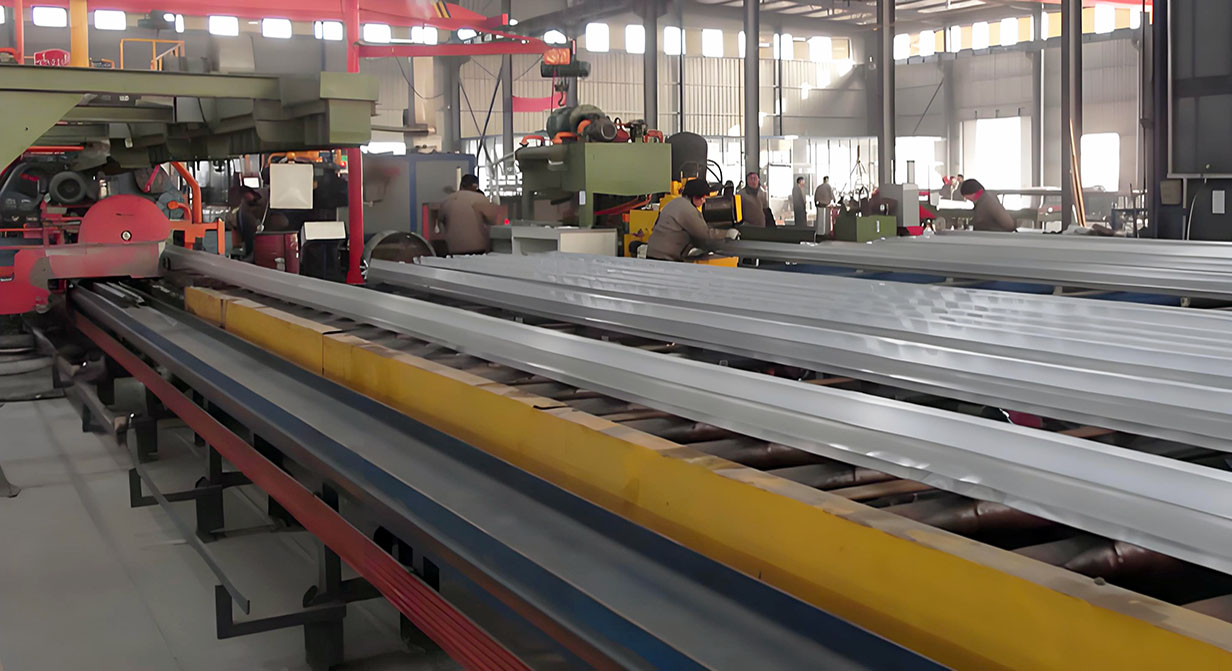We strictly control product quality and maintain zero tolerance for defective products in production.

Industry Experience Over 20 years
Total Area Approximately 80,000 square meters
Aluminum busbar is sold to more than 160 countries
Number of Employees 580 people
HC Aluminum supply electrical copper and aluminum busbar. Hot selling copper clad, 6101, 1350, 1050, 1060, 1070 etc. products conform to IEC 60105, ISO 209-1,2, DIN EN 755-2, DIN EN 755-5 etc. specifications.
HC EC grade aluminum busbar, complying with standards such as ASTM B317,ASTM B236, IEC 60105, ISO 209-1, 2, DIN EN 755-2, EN 573-3, etc., is widely used in electrical conductors of distribution systems.
We strictly control product quality and maintain zero tolerance for defective products in production.
6101 aluminum alloy (UNS A96101) is a heat-treatable forging Al-Mg-Si alloy with moderate strength and high conductivity, primarily used for electrical busbars and conductor applications.
Plating on aluminum busbars is crucial for enhancing their surface conductivity, corrosion resistance, wear resistance, solderability, and aesthetic appeal—characteristics that bare aluminum cannot reliably provide, as it forms a non-conductive oxide layer quickly.
Can aluminum be used for busbar?
Aluminum is indeed an ideal material for busbars and is widely used in modern power distribution systems. Although aluminum’s electrical conductivity is about 62% of copper, its significantly lower density and material cost make it the preferred choice for large-scale installations, as weight and budget are key factors.
6101 is a heat-treatable forged aluminum-magnesium-silicon alloy that combines medium mechanical strength with high electrical and thermal conductivity.
What is the best metal for a busbar?
When selecting the "best" metal, it is essential to weigh electrical performance against mechanical, environmental, and economic factors to find the ideal solution for a specific busbar installation.
What is the difference between 6061 and 6101 aluminum?
6061 and 6101 are both members of the 6xxx series aluminum-magnesium-silicon alloys, but they are tailored for different performance priorities.
What is the difference between copper and aluminum busbars?
The main differences between copper and aluminum busbars lie in conductivity, mechanical properties, corrosion resistance, and cost-effectiveness.